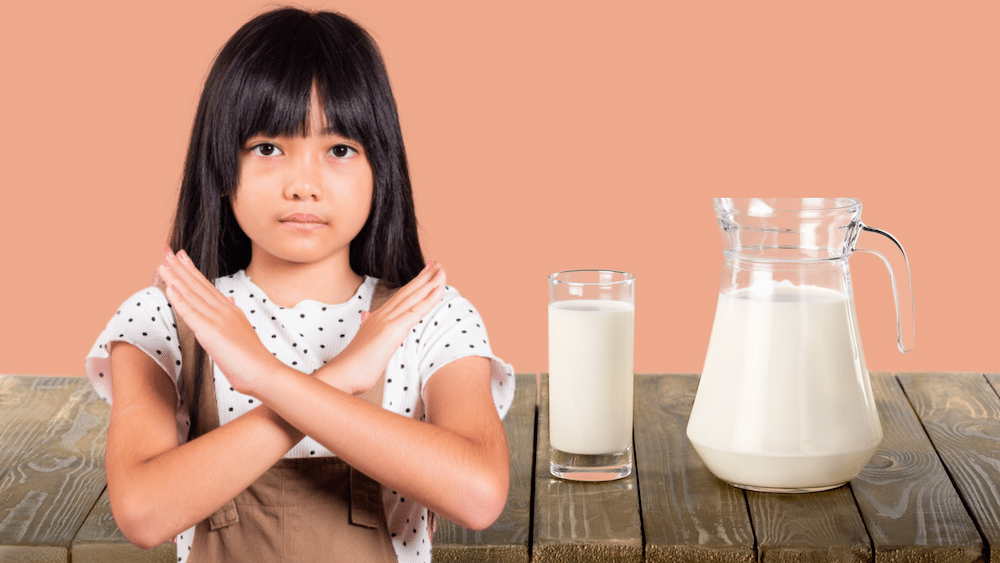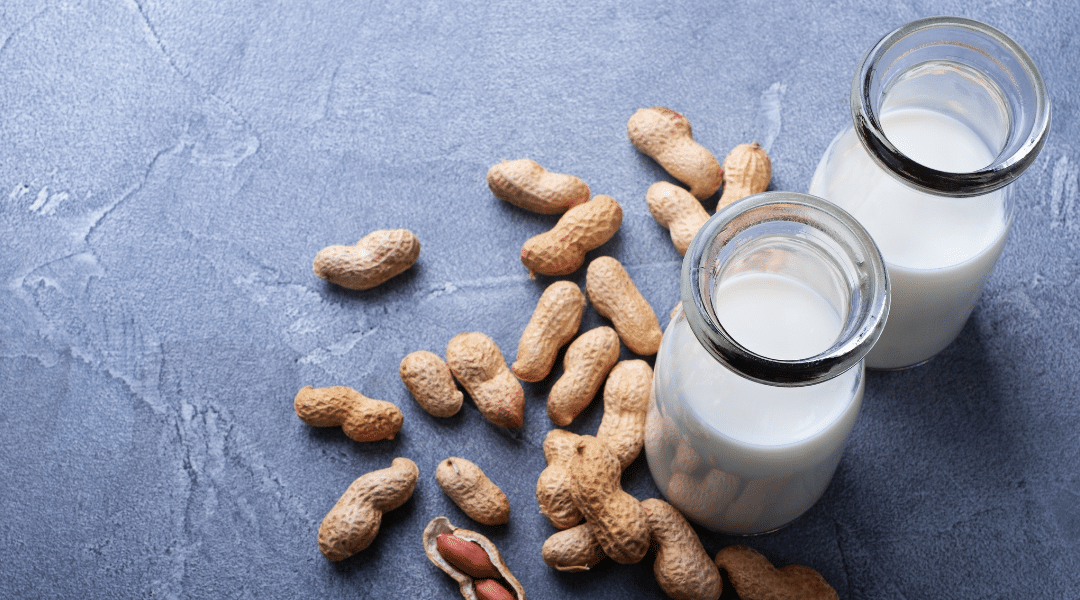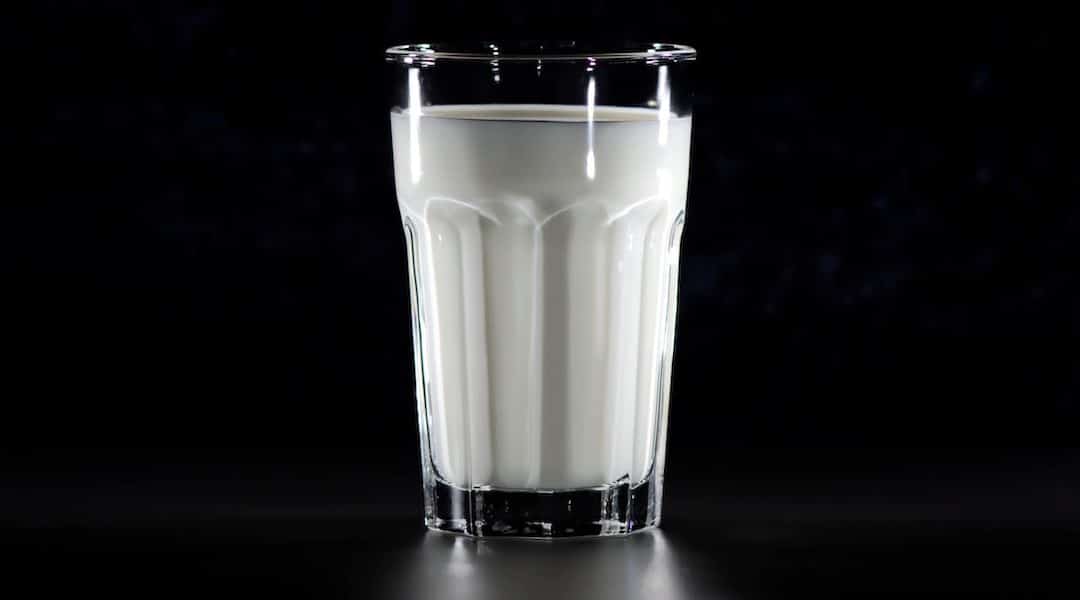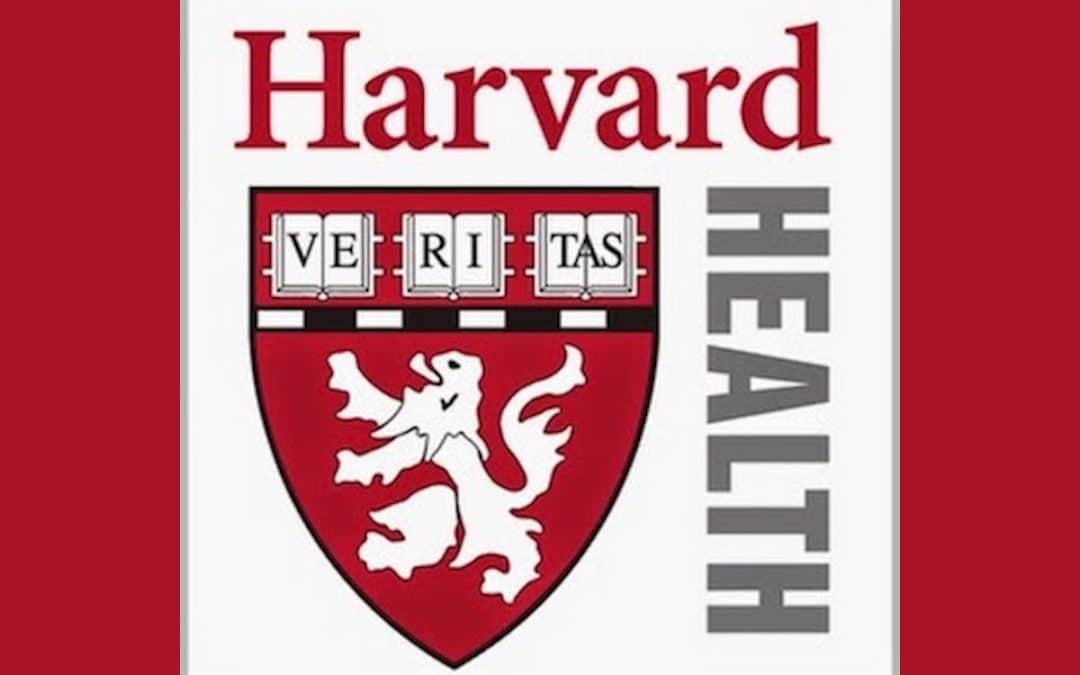What The Science Has to Say
In a world where we’re understandably concerned about peanut and tree nut allergies in our children, you might be shocked to learn that cow’s milk is actually the most common food allergy in kids younger than five. Even more surprising is that milk from a cow accounts for about half of all food allergies in children younger than one.
The American Academy of Pediatrics recommends that infants be breastfed for the first six months if possible. Around 12 months old, the CDC recommends introduction to cow’s milk (but not before) and says, “the cow’s milk may put your child at risk for intestinal bleeding. It also has too many proteins and minerals for your baby’s kidneys to handle and does not have the right amount of nutrients your baby needs.”

This information doesn’t line up with the age-old rhetoric that children need to drink milk from a cow each and every day to grow up big and strong. In fact, these findings highlight how the consumption of cow’s milk – and other dairy products – are having the opposite effect.
A Study on Fatality for Food-Induced Anaphylaxis
A 20-year study done in the UK uncovered that although the fatality rate has decreased for food-induced anaphylaxis, hospital admissions have increased threefold from 1998 to 2018. The study goes on to highlight that in school-aged children, dairy is now the most common single cause of fatal anaphylaxis.
Yes, you read that right. The white stuff that has been peddled to kids as a super-healthy, necessary inclusion in their mealtimes for strong bones and healthy bodies tops the list of landing them in the hospital or worse.
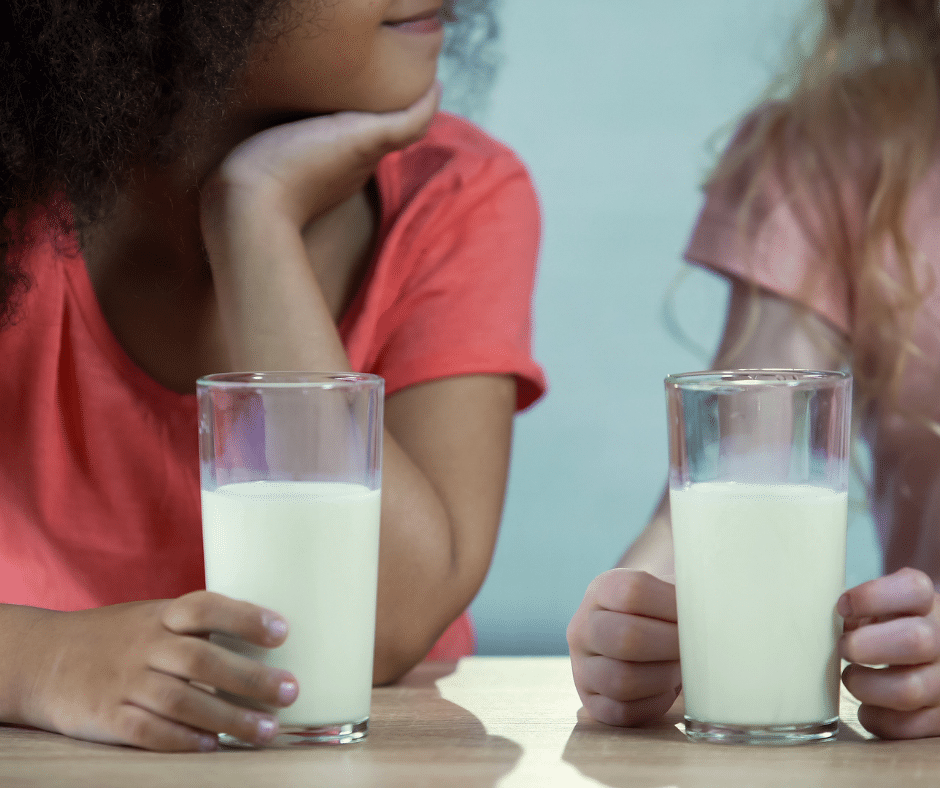
Many parents, schools, and businesses are mindful of peanut and tree nut allergies, as those are allergies that we are so often warned about with children. But this study shows how the proportion of fatalities due to peanut or tree nuts have fallen while those due to cow’s milk have increased. Dairy is now the strongest driver of fatal food anaphylaxis in children in the UK, and this pattern has also been noted in North America and Israel.
The study says that “In food allergy, the body treats certain proteins such as casein and whey in milk as invaders, mounting an immune response. Antibodies known as immunoglobulin (Ig)E, which normally protect against bacteria, viruses, and parasites, trigger inflammation, the release of histamine, and can lead to symptoms, typically within minutes, ranging from rash and swelling to vomiting, difficulty swallowing, and difficulty breathing.”
Dairy Can Be Deadly for Many
What’s more, dairy is harmful to the health of humans in many ways, not just by way of allergy. Globally, around 70% of people lack the enzyme to break down the sugar in mammalian milk. This is known as lactose intolerance or lactase non-persistence. Since lactase’s only function is the digestion of lactose in milk (including human breast milk), the activity of the enzyme decreases precipitously after age five because the body is designed to wean off its mother’s milk and sustain itself on food.
The continuation of drinking breast milk, especially after age five, can lead to symptoms such as abdominal cramps, diarrhea, bloating, burping, acid reflux, and more. Drinking cow’s milk as a child is far more normalized than human breast milk at the same age, but the response would be the same.
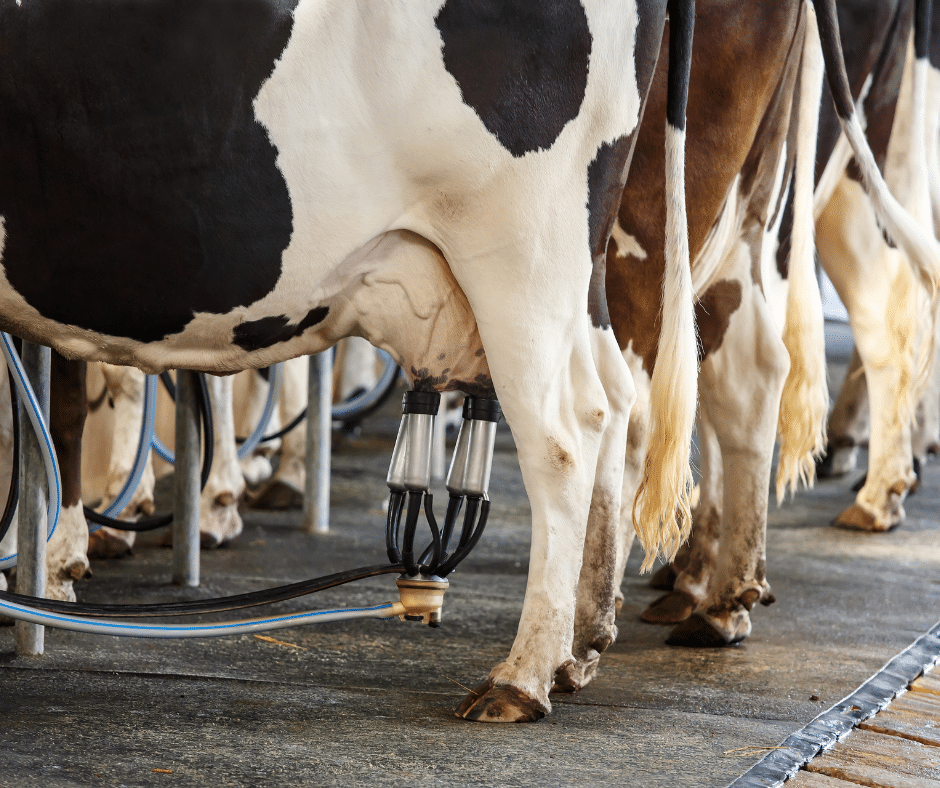
While the study mainly focused on kids, it showed that cow’s milk was responsible for 5% of fatal food reactions in adults, and that the recognition of the risks posed by dairy is not increasing. So with the science showing that dairy is not necessary for our health after all, and exposing the harm that it can do to our bodies, why don’t we hear about its negative side effects more often?
The Dairy Industry Leaves Us In The Dark
Sad but true: The dairy industry has put millions of dollars into advertising each year to keep the idea going that drinking breastmilk from a cow is normal, healthy, and even necessary. They’ve lobbied hard to ensure dairy’s inclusion in the dietary guidelines and school lunches for kids across the country, despite mounting evidence showing how consuming cow’s milk is connected to higher rates of childhood obesity, diabetes, bone fractures, and other diseases.
Fortunately, people around the world are having their eyes opened and turning to plant-based options that are healthier and kinder to our bodies, the planet, and animals used for food.
Learn more about lactose intolerance and take our free quiz to find out if you’re one of the more than 5 billion people who has it.


